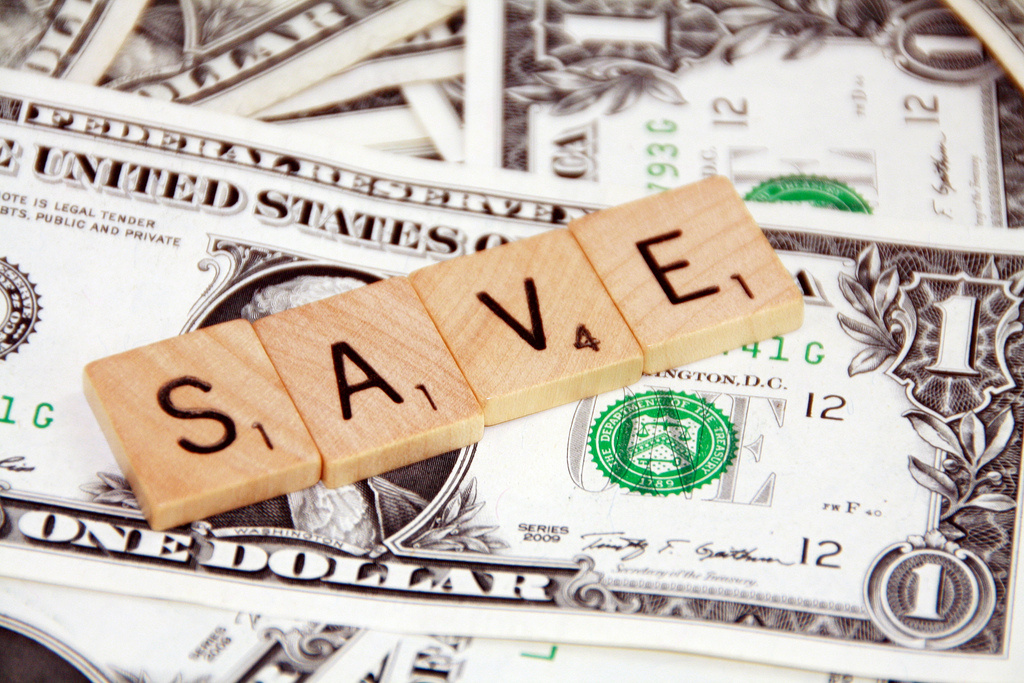Boomer Financial Advice to Ditch

Jul 20 | 2021

Boomer Financial Advice to Ditch
It’s easy to dish out what you might think is great financial advice if you’re from the boomer generation — the most recent generation to accumulate copious amounts of wealth compared to others. But does the financial advice of this aging generation still hold up today? Older generation financial advisors such as Suze Orman and



